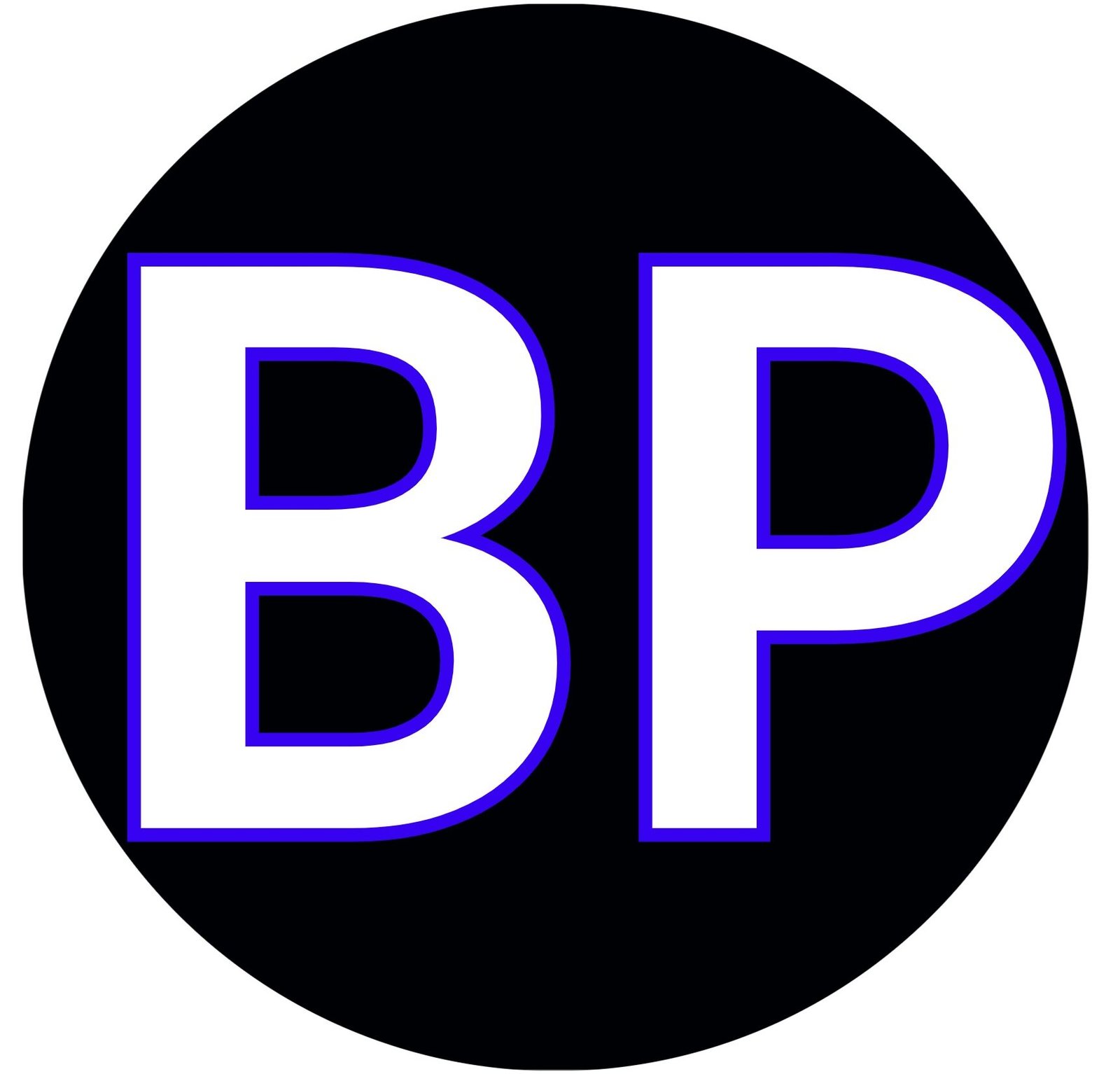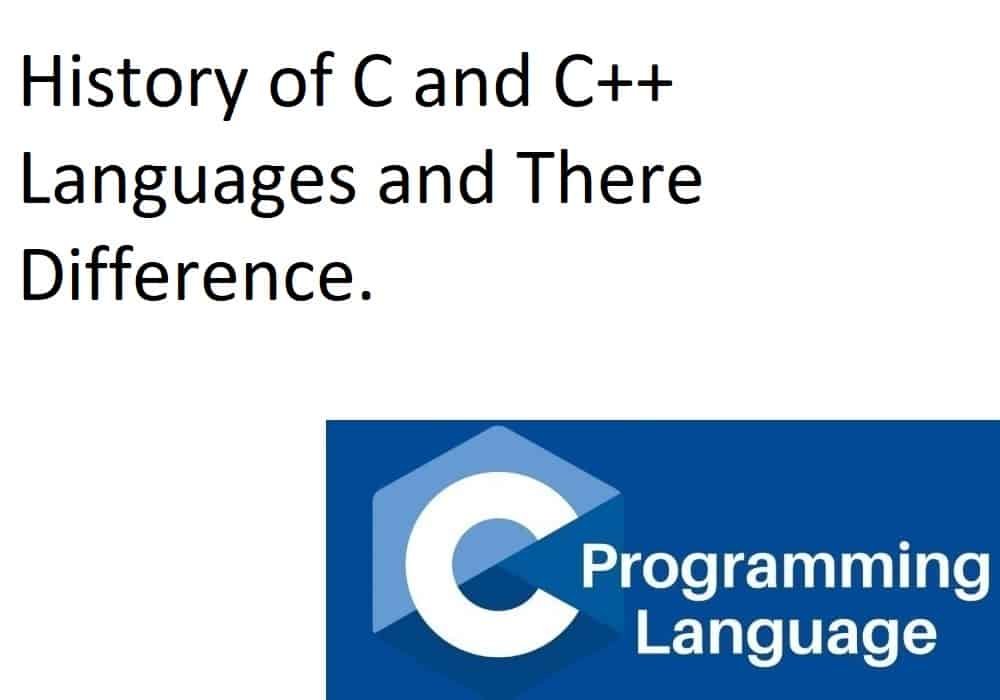History of C and C++ Languages and There Difference.
C and C++ are both programming languages, but they have some key differences.
C is a procedural programming language that was first developed in the early 1970s. It is a low-level language that is often used for system programming, such as writing operating systems, device drivers, and embedded systems. It is known for its compact and efficient code, as well as its ability to directly interact with hardware.
C++, on the other hand, is an object-oriented programming language that was developed in the early 1980s as an extension of the C language. C++ adds object-oriented features such as classes, objects, and inheritance, which allow for the creation of complex and modular programs. C++ is often used for developing large-scale applications such as video games, graphical applications, and simulations.
C and C++ share a lot of similarities in terms of syntax and basic structure, but C++ also has a number of additional features that make it more powerful and versatile than C. For example, C++ has support for templates, exceptions, and function overloading, which are not present in C. Additionally, C++ also has a Standard Template Library (STL) which is a collection of classes and functions that can be used for common tasks such as data structures, algorithms, and input/output.
In summary, C and C++ are similar, but C++ has additional features and is more powerful, versatile, and object-oriented than C. C++ is considered a superset of C, meaning that all C code is valid C++ code but not all C++ code is valid C code.
History of C Language
C is a high-level programming language that was first developed in the early 1970s by Dennis Ritchie at Bell Labs. The development of C was part of a larger project to create a new operating system called UNIX.
At the time, most programming languages were either low-level languages like assembly or high-level languages like FORTRAN and COBOL. These languages had limitations when it came to systems programming and writing operating systems. Ritchie and his team set out to develop a new language that would bridge the gap between low-level and high-level languages, and that would be suitable for systems programming.
The C language was designed to be compact and efficient, with a small set of keywords and a simple, clean syntax. It also included features such as pointers and manual memory management, which allowed for direct interaction with hardware and low-level system operations.
C quickly gained popularity in the 1970s and 1980s, and it was used to write many important operating systems and applications, including UNIX, Windows, and Linux. It was also widely used in the development of embedded systems, device drivers, and other low-level software.
C’s influence can be seen in many other programming languages, C++, C#, and Java, which have borrowed many of its features and concepts. Today, C is still widely used in systems programming and other low-level applications, and it remains a popular language for learning programming fundamentals.
History of C++ Languages
C++ is a high-level programming language that was developed in the early 1980s by Bjarne Stroustrup at Bell Labs. It was developed as an extension of the C programming language and is often referred to as “C with classes”.
The development of C++ began in 1979, when Stroustrup was working on a new operating system for Bell Labs. He found that the C language was lacking in certain features that he needed, such as the ability to create user-defined data types, and so he began to develop C++ as a way to add these features to C.
One of the main innovations of C++ was the introduction of classes, which allowed for the creation of objects and the implementation of object-oriented programming concepts such as encapsulation, inheritance, and polymorphism. C++ also introduced templates, which allowed for the creation of generic data types, and exceptions, which made error handling more efficient and less error-prone.
C++ was first officially released in 1985, and it quickly gained popularity among programmers, especially in the areas of systems programming and application development. C++ was used to develop many important software applications, such as the Windows operating system, the Adobe Photoshop image editing software, and many video games.
C++ continued to evolve over the years, with the introduction of the Standard Template Library (STL) in the 1990s, and the introduction of the C++11 standard in 2011, which added many new features such as move semantics, lambda expressions, and concurrency support.
Today, C++ is still widely used in many areas such as systems programming, game development, financial systems, and many more. It is also used in a wide range of embedded systems and high-performance applications.
How to learn C and C++ Languages.
Learning C and C++ can be a challenging but rewarding experience. Here are a few tips on how to get started:
- Start with the basics: Learn the basics of programming and the syntax of C and C++. Learn about data types, variables, loops, control statements and functions.
- Practice coding: Practice coding by solving problems and writing small programs. This will help you to understand the concepts and apply them in real-world scenarios.
- Learn the standard libraries: Learn about the standard libraries of C and C++, such as the C standard library and the Standard Template Library (STL) in C++, as they provide a lot of useful functions and classes that will help you to write efficient and effective code.
- Use online resources: There are a lot of online resources available, such as tutorials, video lectures, and coding challenges, which can help you to learn C and C++. Websites such as Code academy, Coursera, and Code Wars are good places to start.
- Read books and articles: There are many books and articles available that can help you to learn C and C++. Some popular books include “The C Programming Language” by Brian W. Kernighan and Dennis M. Ritchie, and “Effective C++” by Scott Meyers.
- Join a community: Join a community of programmers, such as online forums, meetups, and coding groups, where you can ask questions, share your code and learn from others.
- Practice, practice, practice: The most important thing is to practice coding, the more you code the more you will learn and improve.
Remember that learning a new programming language takes time and effort, and it’s important to be patient and persistent.
Learn More about C Languages:

